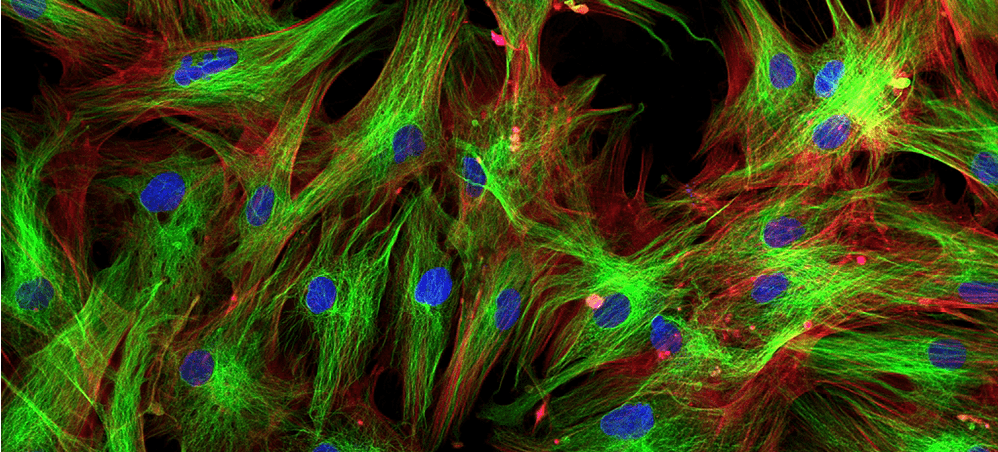
Publication/study:
“Nestin+NG2+ Cells Form a Reserve Stem Cell Population in the Mouse Prostate”
Authors:
Hanoun M, Arnal-Estapé A, Maryanovich M, & H.Zahalka A
Key Findings:
A group of researchers using SARRP have demonstrated that Nestin/NG2 expression marks “a novel radioresistant prostate stem cell that is active during development and displays reserve stem cell activity for tissue maintenance.”
Essentially, the study determined that regenerative capacity within the prostate might expand beyond the previously acknowledged basal and luminal epithelial cells to include “a rare subset of mesenchymal cells” called “epithelial-primed Nestin-expressing cells (EPNECs).” These cells appear not only to withstand irradiation but also to self-renew. In fact, data from lineage-tracing analyses showed a marked increase in prostate epithelial cells deriving from these EPNECs after organ damage was induced through irradiation. Moreover, following transplantation, the EPNECs exhibit bipotential prostate stem cell activity and “can form prostate gland tissue grafts at the clonal level” that can yield both basal and epithelial lineage.
The Value of SARRP:
A critical part of this study involved ascertaining whether EPNECs within an extremely stressed prostate might still be capable of regeneration. Researchers used the on-board imaging capabilities of SARRP to visualize the prostate and then stereotactically administer highly targeted irradiation that would mimic severe organ damage. Because pinpoint accuracy was essential to ensuring clear results, SARRP played a vital role in this study. SARRP is the only system with both axial and pancake geometry, giving researchers the ability to clearly identify highly specific radiation targets and avoid organs at risk.







